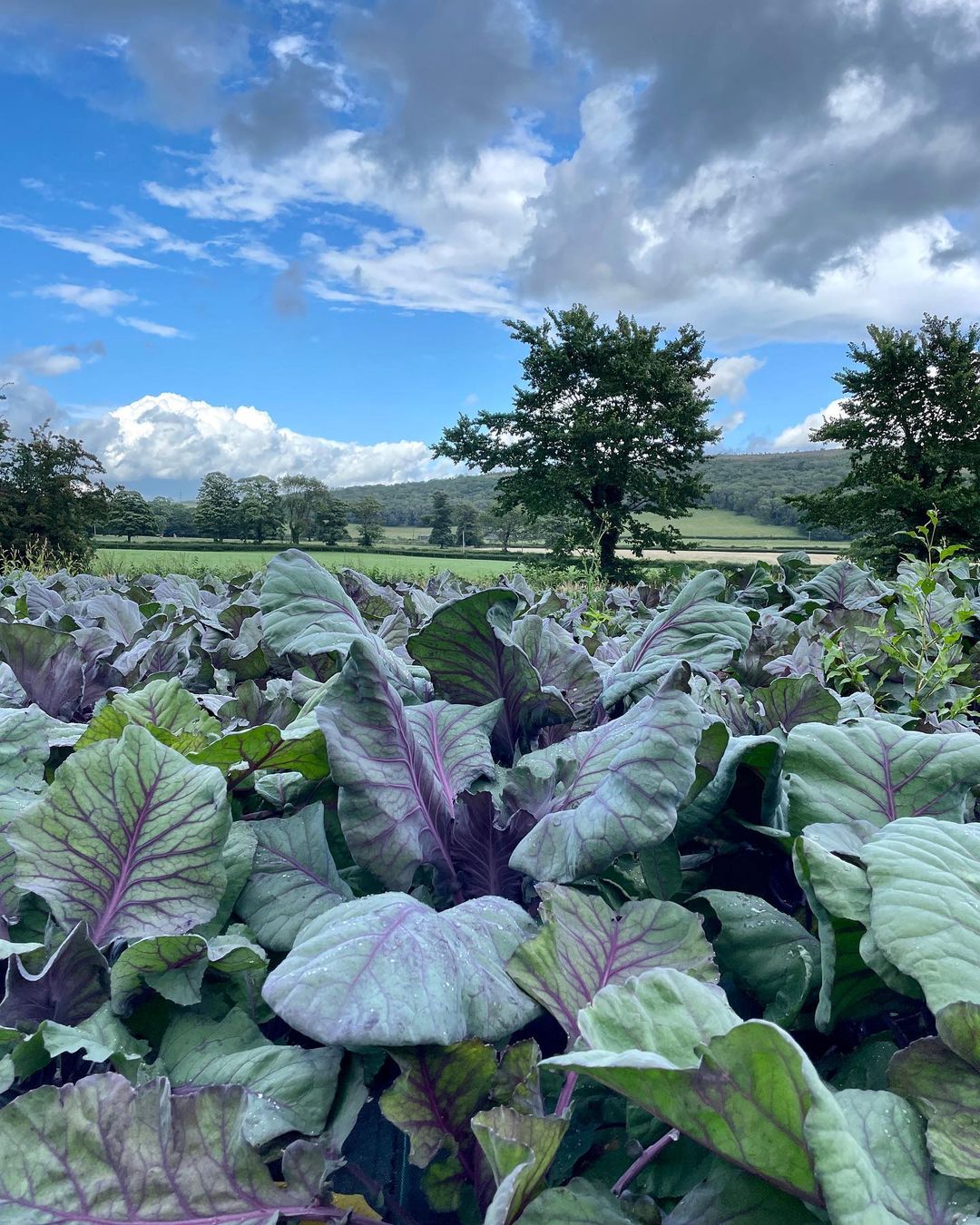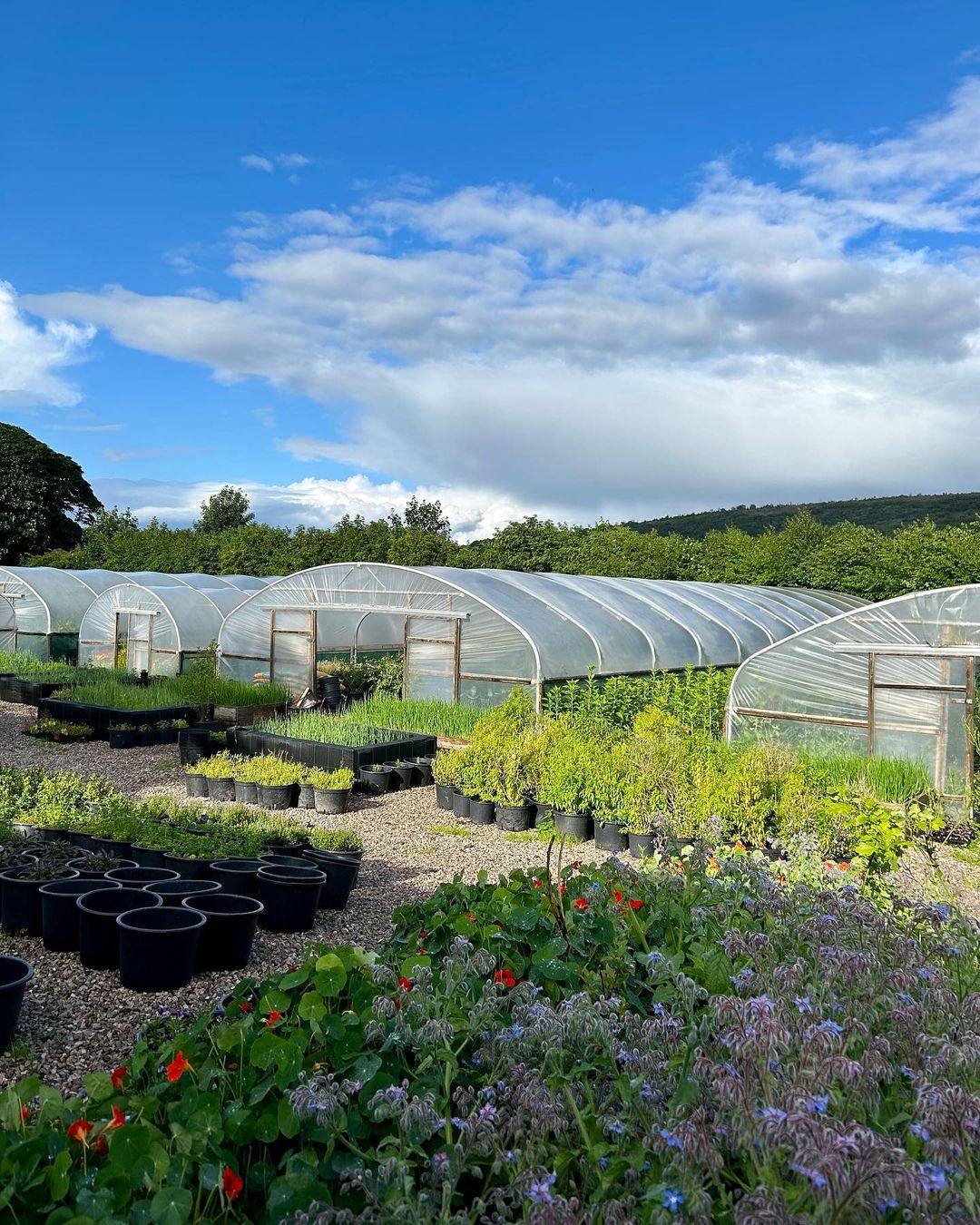Recent years have been years of rapid and significant changes. It’s no wonder that we turn to sustainability, we care about the environment, our health and the future of our planet. Behind these big words lie small and often arduous actions. Movements that respond to all challenges and focus on locality. Often known for their commitment to sustainability and supporting local farmers, farm to table restaurants offer unique dining experiences that go beyond the food itself – it’s a journey from farm to table.

Photo: Instagram @ourfarm
Definition of ‘farm to table’
At its core, the farm-to-table concept emphasizes sourcing ingredients directly from local farms and producers. In this process, first and foremost, the distance that food is transported from the farm to the restaurant is minimized. What matters is freshness, quality and sustainability, while supporting the relationship between chefs and farmers. Farm-to-table restaurant menus typically change seasonally to showcase the freshest ingredients available.
A farm-to-table eating experience
A meal at a farm-to-table restaurant is not only about the food itself, but also about the experience it offers. Storytelling is an important factor here. Guests can expect a deeper connection with their meals, often learning about the origins of ingredients and the farmers who grew them. Many farm-to-table restaurants even offer farm tours or events that allow guests to interact directly with local producers.


Photo: Instagram @ourfarm
Advantages of farm-to-table restaurants
By sourcing ingredients locally and seasonally, farm-to-table restaurants provide guests with the freshest and highest quality produce, meat and dairy products. This process helps support the local economy, purchasing directly from small farmers and producers, and helping to sustain farming communities. Another advantage that has a real impact on the environment is the reduction of carbon dioxide emissions associated with food transport.
Farm to table restaurants often prioritize transparency, enabling diners to trace the origins of their food and strengthening trust between consumers and producers. It is also important to remember that farm to table is strongly based on seasonality, offering a diverse selection of dishes that reflect the changing seasons and local harvests.
Disadvantages of farm-to-table restaurants
Seasonality may also have its disadvantages, i.e. lower availability of products depending on the region and season. Simply sourcing local ingredients can limit menu options, leading to occasional shortages or narrower choices.
Coordinating with multiple local suppliers and dealing with seasonal fluctuations in ingredient availability can pose logistical challenges for restaurant owners and chefs. External factors such as adverse weather conditions or crop failures can have a dramatic impact on the availability of key ingredients, potentially impacting menu planning and pricing.
Farm-to-table restaurants offer unique dining experiences that celebrate freshness, quality and sustainability. While they come with challenges such as supply constraints and higher costs, the benefits – including supporting the local economy and reducing environmental impact – make them an attractive choice for customers looking for a deeper connection with their food and the communities that produce it.








